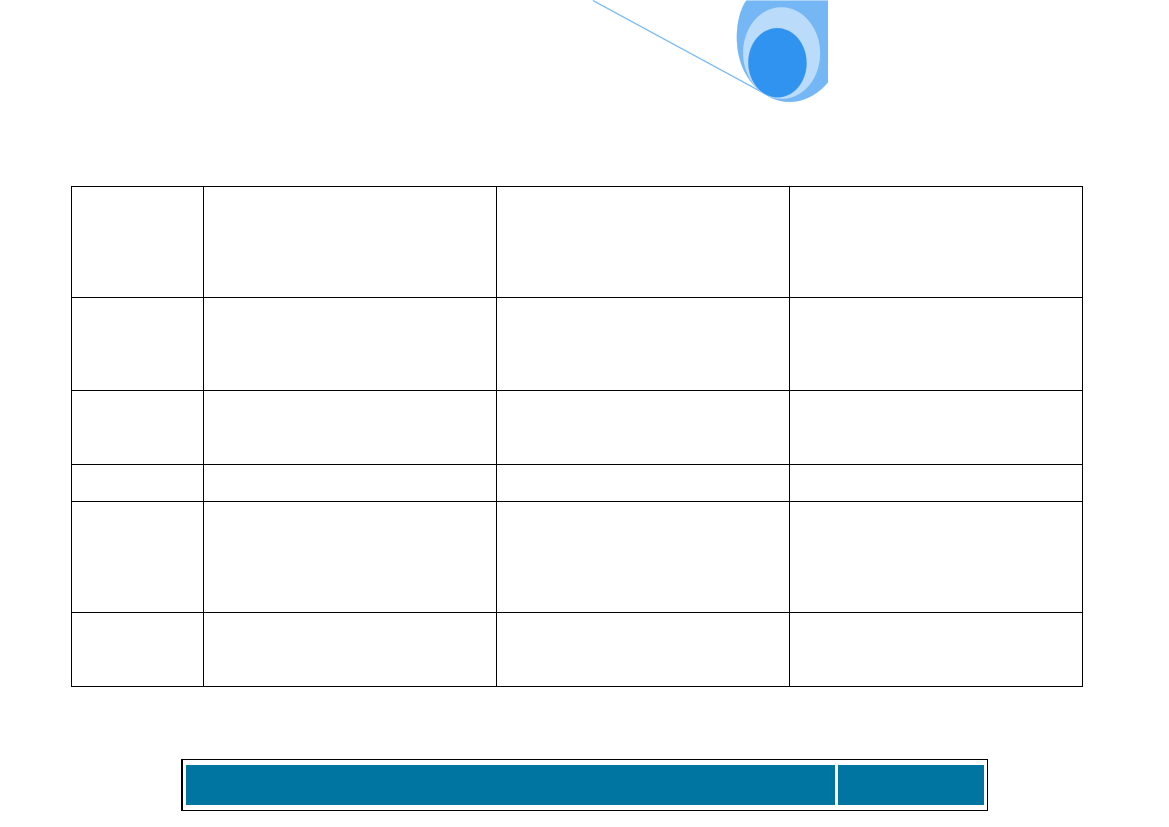
MAINSTREAMING CLIMATE CHANGE ADAPTATION IN AGRICULTURAL EXTENSION
HANDOUT
An example of a completed vulnerability assessment is illustrated below.
The identified hazard was Drought. (Based on Ethiopia)
Vulnerable Assets
Livelihood conditions / characteristics
What are the impacts during or after the
hazard (short/long term)?
What characteristics of peoples livelihoods
make those assets vulnerable?
Financial assets
Loss of crops
Loss of livestock
Sale of assets for cash
Natural assets
Physical assets
Water shortage
Dry pastures
Soil erosion
No wild food
Shallow wells dry
Human assets
Malnutrition
Death
Loss of strength
Stress
Social assets
Increased family conflicts
Education disrupted
Migration
Dependence on rain-fed agriculture
Inadequate food and water stores for
animals
No alternative income source
No savings
Environmental degradation
Deforestation
Loss of traditional seed varieties
Loss of traditional knowledge
No water harvesting
No protected water sources
No early warning systems
Poor health care & family planning
Poor vocational skills for enterprise based
livelihoods
Low education level
Large families
Competition for limited resources
Gender inequalities
Weak civil society
Lack of local employment
Policies & institutions (local, regional,
national)
Which policies or institutions (or lack of)
contribute to the vulnerable conditions?
How?
MoA – limited support to small scale rain fed
farming
Church – festivals and rituals reduce
livestock
Lack of small savings institutions
No local institutions for NRM
No local institutions to manage water
MoH – limited health care provision
MoE – limited education support / high cost
of education
Village elders – promote large families
A Training Manual on Use of Climate Information and Vulnerability and Capacity Assessment for
Agricultural Extension Staff in Zimbabwe
Page 77